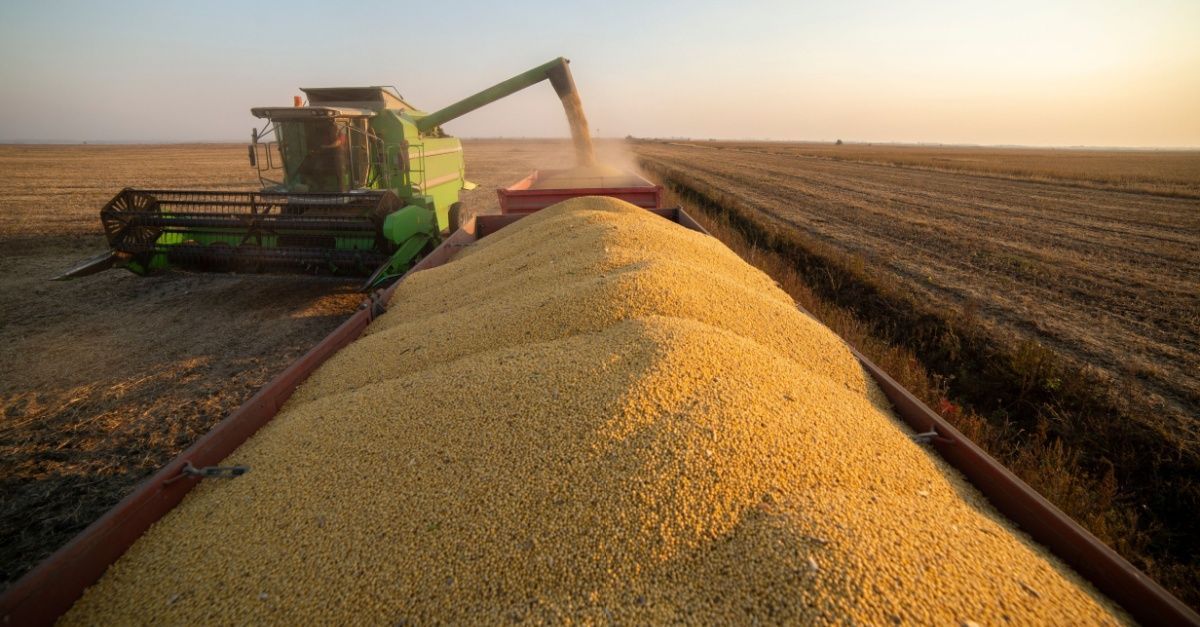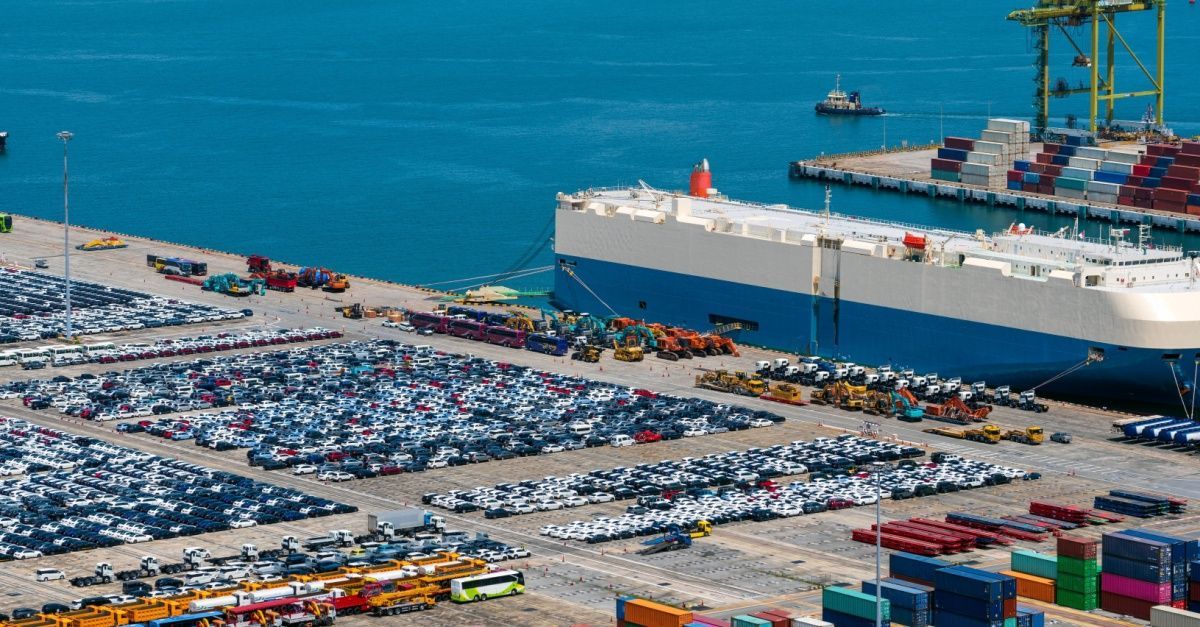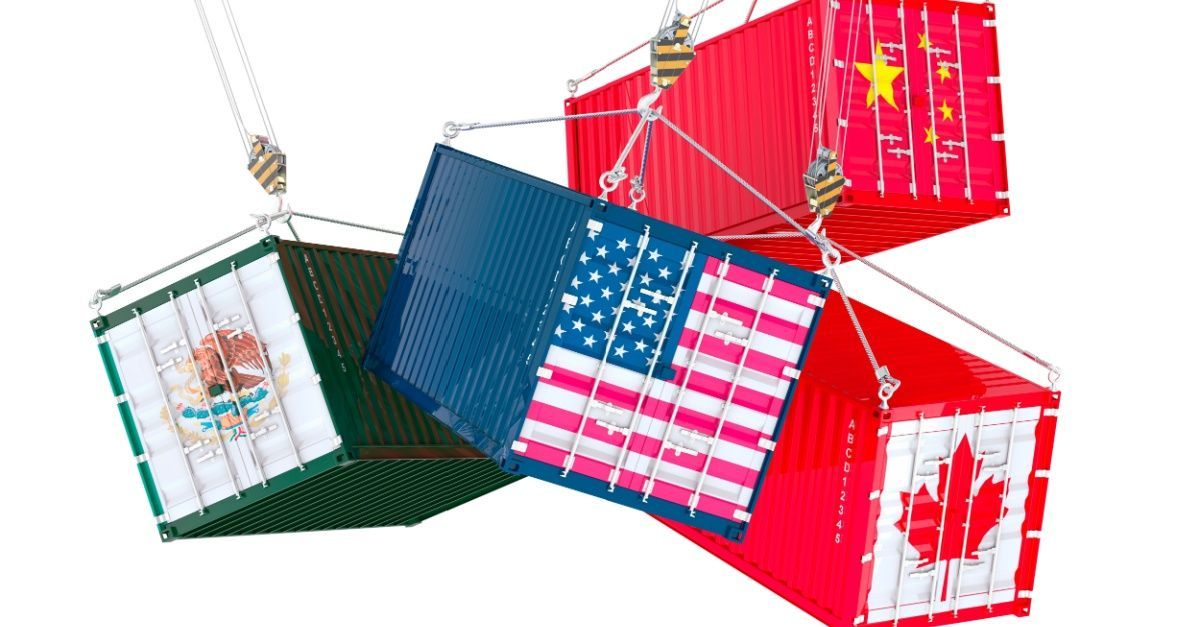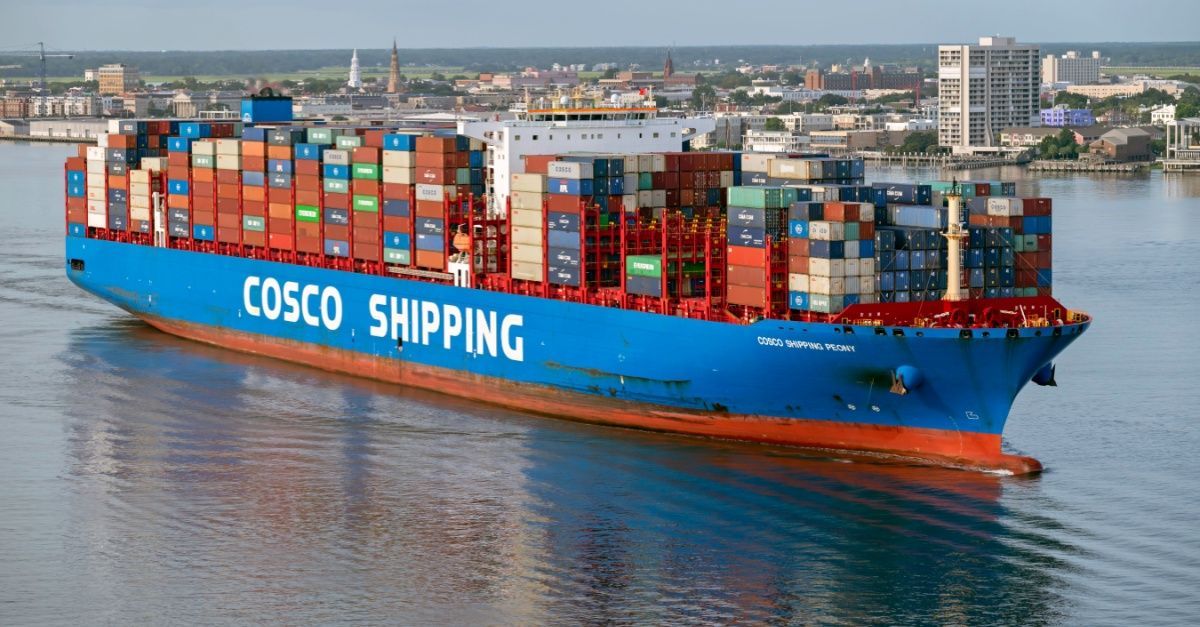Truckload Trends to Watch for in 2023
Blog Post CTA
Delving Into the Truckload Market Trends for 2023
Like the trucks that are the industry’s flagship, the truckload freight business is constantly moving. Trucking has been through some up-and-down times over the past three years but has managed to keep rolling along. It will undoubtedly do the same in 2023, no matter what hazards the new year will throw at the industry. That means staying ahead of the curve is so much more important these days.
This article aims to help you do that with a look at some truckload market trends that will likely shape the next 12 months. We will look at the increasing demand, the changes in consumer preferences, the continuing emergence of automation, and the impact of
regulations on the business.
Growing Demand for Truckload Freight
According to most numbers, consumers are spending more, and an ever-growing portion of those sales is coming through e-commerce. According to the U.S. Department of Commerce numbers, consumer spending has increased slightly in each of the last three recorded months. Of that spending, e-commerce will account for 20.4% of global retail sales by the end of 2022, up from only 10% five years ago, a recent industry report stated. Both spending and e-commerce sales affect trucking because all those purchased items will need to get to their destinations, and with e-commerce, there are many more unique destinations these days. More items and more destinations mean more truckloads will be needed, and improvements in the e-commerce industry will lead to progress and continue the truckload market trend of growing demand.
But with news of increasing numbers in consumer spending and e-commerce, it is crucial to remember the U.S. economy has been turbulent over the past few years, which could carry over to 2023. Two words that no one wants to hear — inflation and recession — are still a part of many conversations involving the economy.
Another factor that could influence the trucking industry over the next year is the semi-truck shortage in the U.S. During the pandemic, the
supply chain was severely affected, which meant the delivery of some things was delayed--sometimes for many months. One of the casualties of that slowdown was the semi-truck manufacturing industry, which could not keep up with the demand for replacement trucks. As a result, older semis that generally would have been replaced over the past two years were forced to continue hitting the blacktop. This pushing of older trucks to endure more increased the likelihood of breakdowns or the need to be retired altogether. With an increasing demand for more trucks to keep up with the rise in products to be shipped, this will remain a pressing issue until the supply of new semis can get back up to speed.
Impact of Shifting Consumer Preferences
One of the most significant changes in consumer preferences has come from the shift to online websites from brick-and-mortar stores. People no longer come to get the product; they want it brought to them. This expectation has changed the dynamic of trucking. E-commerce companies have built warehouses and fulfillment centers in urban areas. Also, intraregional and last-mile truck trips are on the increase.
In tandem with the rise of e-commerce came the demand for faster delivery. Retailers began promising faster shipments which put more pressure on a trucking industry already facing handicaps such as a driver shortage, lower retention rates, and hours-of-service regulations. Truckers have found ways to adapt to these demands. Many are replacing interregional or national hauls with shorter pickup-and-deliver jobs in smaller regions that provide ample home time. Intraregional and last-mile truck trips helped decrease the overall average trip length by
37% from 2000 to 2018, according to an American Transportation Research Institute report, and is one of the truckload market trends that has continued.
The e-commerce boom has presented another unique way the trucking industry has adapted.
Drivers must be 21 or older to complete cross-state trips, but in the newly created world of more plentiful local e-commerce deliveries, younger drivers can step up and seize those short-trip job opportunities.
These trends of shorter deliveries and faster times are not going away and will likely become even more acute. So, in the upcoming year and more distant future, the trucking industry must continue adapting to survive as best it can.
How Automation is Affecting Truckload Freight
Automation might be one of the most talked about truckload market trends in 2023. With one Artificial Intelligence (AI) firm planning to introduce its self-driving trucks to highways in the coming year and many others from coast to coast setting their sights on doing the same, it’s fast becoming a popular subject for debate. While many of these self-driving trials still have a safety driver onboard, it’s clear that these vehicles will be a driving force one day.
With these self-driving trucks, the aim is to heighten driver safety and supply chain reliability. Long-haul driving has often been a concern; as drivers get fatigued, the chances of an accident rise with each mile driven on the lengthy journeys on American highways.
Self-driving trucks do not need to stop for mandatory rest periods and drive nearly around the clock. They also use less fuel than human-driven vehicles, producing cash savings and greater environmental sustainability over extended periods. We are still far removed from these vehicles making more than an experimental impact, but they certainly are a truckload market trend that is highly likely to take off in the future. Even the trucks driven by humans benefit from technology that improves functionality and efficiency, as is the tracking and reporting of where shipments are in their journey.
But trucks aren’t the only area of the industry that feels the effects of automation. Fully automated warehouses use automated
logistics to carry out all operations, from receiving shipments to processing orders and dispatching goods. These facilities have minimal intervention by operators.
In addition, automated software has made operations throughout the offices of many trucking companies more streamlined and efficient. Data analytics have become a vital tool across the industry in helping show patterns as well as providing forecasts. More and more businesses each year are joining the fold. It’s exceedingly likely that 2023 will continue that trend with technology and automation making more landmark advancements in all areas of trucking.
The Impact of Regulations on Truckload Freight
Regulations will also see changes that affect the trucking industry in 2023. The biggest one is the end of the hours-of-service exemption. Because of the pandemic, truckers hauling relief loads received an exemption from some of the hours-of-service regulations under a federal emergency declaration. After about two and a half years, that has come to an end. What that means is truckers can only drive a maximum of 11 hours after ten consecutive hours off duty, and they cannot drive after 60-70 hours on duty in seven or eight consecutive days. The Federal Motor Carrier Safety Administration (FMCSA) did issue a three-month waiver extension for commercial learner’s permit (CLP) holders seeking to take a skills test for a commercial driver’s license (CDL) and for states administering CDL skills tests until Feb. 28, 2023.
Other possible regulatory changes could have impacts as well:
- You can expect amendments to federal safety regulations to ensure the safe introduction of trucks equipped with automated driving systems (ADS). The proposed changes in operations, inspections, repairs, and maintenance regulations aim to put safety and security first while promoting innovation and recognizing the difference between human operators and ADS.
- The FMCSA is also looking into potential updates to the regulations for electronic logging devices (ELDs), which automatically record driving time and hours-of-service records. Among the changes under consideration are applying the rules to pre-2000 engines and actions that would allow removing an ELD from FMCSA’s list of certified devices.
- For years, Congress has emphasized the importance of research into collision avoidance technology for trucks and at the forefront of that is automatic emergency braking. While it has yet to reach the mandatory stage, it is likely to have a more significant impact in the future.
- Another regulatory concern still in the research and development stage is the possible use of data and resources to identify unfit drivers and take them off the roads. It is possible that in the future, a driver’s fitness to operate will be determined by inspection data and other sources of information. A review of this is expected in January 2023.
- Changes to broker-freight forwarder financial responsibility requirements and truck speed limiters are also on the docket of subjects being pursued.
Let EFS Help Keep You Up With the Trends
The world of trucking is ever-changing, and 2023 should be no exception with truckload market trends such as:
- Greater demand.
- Consumer preferences are constantly transitioning.
- Automated technology continues to break barriers.
- The possibility of regulation changes.
It’s not hard to see that the upcoming year will be busy for every stage of the trucking industry. So busy that it might be helpful to have a partner to help you through these hectic times. Whether it be freight management, full truckload concerns, or anything in between,
Entourage Freight Solutions can be just the ticket to help you reach the nth degree in ’23. Head to the EFS website for a freight
quote request today.









